Fiction has many purposes. Entertainment, education, enlightenment, and learning empathy are the big four I can think of right now. Good fiction should do all these things, sometimes without your notice. As you learn and grow, the lessons may get more subtle. Maybe the book is just brain candy,1 meant solely to entertain, and author didn’t mean to do anything Read more
publishing
The Cult of Traditional Publishing Part 4: Da Rulez
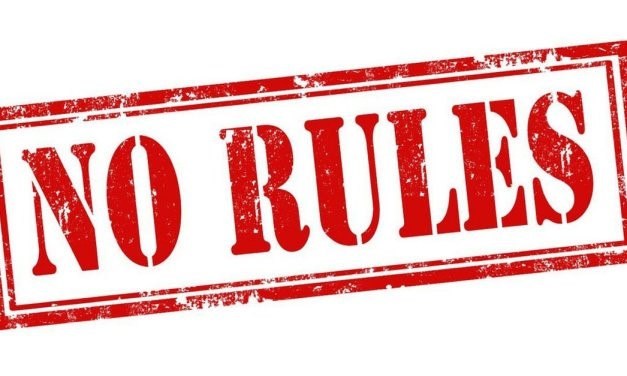
The Cult of Traditional Publishing Part 3: What do you really want?

The Cult of Traditional Publishing, Part 2: People don’t talk like that

“I’ve always wanted to write a book!” I hear quite a bit.
“Do it!” I say.
Writing a book has the lowest barrier to entry of any craft, hobby, art, free-time waster I can think of. Read more
The Cult of Traditional Publishing, Part 1: The math don’t lie
I didn’t actually do the math.
I didn’t have the numbers for one side of the colon. But based on the proliferation of newsgroups, online critique groups, publishing forums in 2008, and the number of such denizens all trying to get published, I could guess. And it was huge.
Then there was me. 1 : x6214
Mormons aren’t a cult. I know because I’m a Mormon and I was in a cult. The cult had me far more brainwashed than Mormonism ever did or ever will. Read more
The perfect bookstore v.3
Eight years ago. EIGHT. 8!!!
I wrote this: The Perfect Bookstore.
Oops
That awkward moment when you’re a book designer and you design your own books and the print is even too small for you. (The re-do added 100 pages to it.)
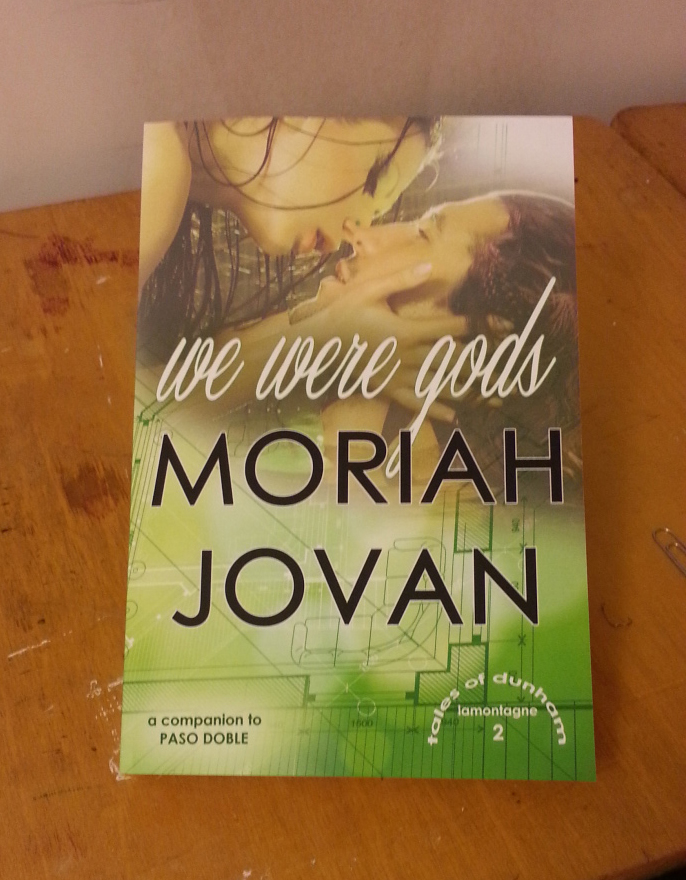 | 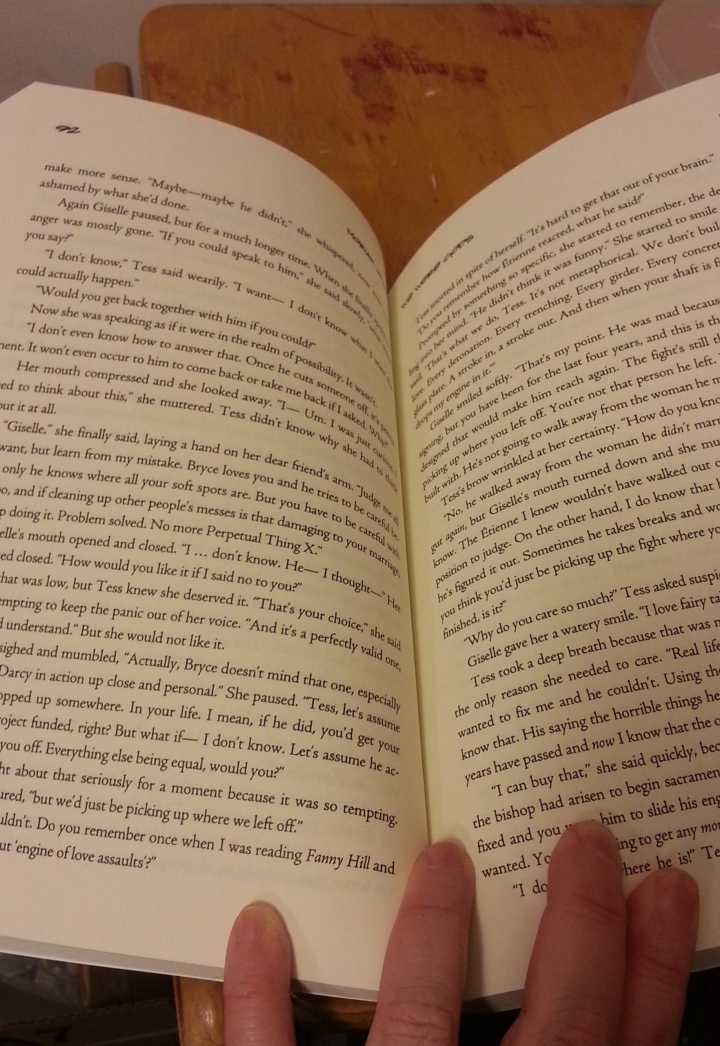 |
Thoughts on Facebook
 I have been increasingly frustrated with the way Facebook has been hiding what I post from people who have requested to see what I say. For those of you who don’t know (maybe don’t even care), this is a good explanation: Getting Facebook Slapped: Understanding Facebook’s Big Lie
I have been increasingly frustrated with the way Facebook has been hiding what I post from people who have requested to see what I say. For those of you who don’t know (maybe don’t even care), this is a good explanation: Getting Facebook Slapped: Understanding Facebook’s Big Lie
Pertinent points: Read more
The making of Dunham
And so begins a post (or series of them) (you know how wishy-washy I am) on Dunham, the privateer-heroine and pirate-hero Revolutionary War swashbuckler, which, for those of you not following the serial, will be available for sale JULY 4, 2013.
To kick it off, here’s the final cover for the official book: Read more
Veni, vidi, vici.
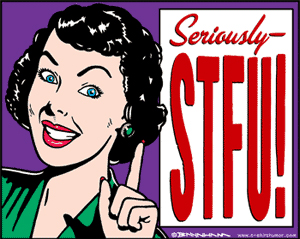 I had several ideas for this post’s title:
I had several ideas for this post’s title:
“I’m not one of you.”
“Repeating myself”
“Tired of the sound of my own voice”
“Being silent”
“Serial starter”
Anyway, all of them are pertinent to my point, but they all mean different things. I’ll take them one by one.
“A book a year is slacking.”
This sentiment got some traction in writerland a couple of weeks ago, but since the beginning of this digital publishing surge, it’s been a (sometimes unspoken) maxim. No, actually, it’s been around a long time. Way back in the day when I was a member of RWA and went to all the chapter meetings (MARA), there were two prolific category writers in my chapter. They worked for both Harlequin and Silhouette and put out three titles a year minimum. Then you have the James Patterson-type book mills wherein a team of ghostwriters is assigned to an idea and a title and off they go. I now know of many writers, especially erotic romance and erotica writers who espouse this view. Read more
The gatekeepers, part 2
How to destroy a brand in one easy (lazy) step
So most of us DIYers out here are trying to brand ourselves. We spend our time on Twitter and Facebook and message boards and whatnot trying to build an audience and a fanbase.
Then the midlist authors come along and digitize their backlists, and everybody’s happy because they already have a brand and they’re simply supplying a product that people want. Yay.
And then there are the midlist and higher-up authors who self-publish new stuff. That’s kind of an interesting experiment. I like watching it all play out even though, well, their brand trumps my brand and I have to work harder at establishing my brand. Read more
NetGalley
For whatever reason, NetGalley has decided to start putting tighter restrictions implemented publishers’ tightening of restrictions on who gets free eARCs (electronic Advanced Reader Copies).
So what.
Here’s the thing: NetGalley charges what is, to me, a micropress, an astronomical amount of money to give away books. That’s right: I would be paying to give my product to people in exchange for … very little in the way of a quantifiable return.
NetGalley is not in business to lose money. It’s in business to make money by providing a publishers’ colony. However publishers decide to define their ROI (return on investment) is how NetGalley’s going to be bringing in the money.
Follow the money.
When all other explanations fail, just follow the money.
Printgasm BINGO
I totally don’t blame Scalzi for being sick of the arguments for self/digital publishing. I self/digital publish and I’m sick of the evangelizing, too. (Because most of the arguments are just shitty logic.)
HOWEVER.
There’s another side of the Electronic Publishing BINGO card: Printgasm BINGO, for those who believe that reading ebooks is just one step away from civilization sliding back into the primordial ooze.
![“Printgasm” BINGO card. Text: “B1: I can dog-ear the pages. B2 [in various colors]: I can highlight passages in books in color. B3: I can write margin notes in a book. B4: I can put a Post-It note in a book. B5: I can use pretty bookmarks. I1: I like the feel of a book. I2: I like the smell of a book. I3: Books are prettier than electronic files. I4: I can show off the cover to strangers. I5: I can look at books on shelves. N1: I can read books in the bookstore while I drink my coffee. N2: You’ll pry my print books from my cold, dead hands! N3: I’ve never read an ebook, but I hate them. Nya nya nya. HATE! N4: I like to see the books in my TBR stack. N5: I don’t need a machine to read books. G1: Books keep printers employed. G2: I can buy books used. G3: I can re-sell my books. G4: I can lend a book. G5: Books don’t have DRM. O1: I can burn a book for emergency fuel. O2: I can take a book to the beach. O3: I can use pages for emergency toilet paper. O4: I can read a book in the bathtub. O5: Books won’t break if dropped or sat on.](https://moriahjovan.com/talesofdunham/wp-content/uploads/2011/03/20110321_bingocard-scaled.jpg)
First rule of self-publishing:
Get a professional editor.
Period.
No excuse.
I don’t care how good your beta readers and critique partners are.
I don’t care if you’re a traditionally published midlist author going out on your own.
Get a professional editor.
You want to self-publish? Put in the time and the effort and the money, just like a big publisher would. This is a business and you are creating a product to sell to people. Give them a good product.
That product begins with a professional editor.
This Will Not Look Good on My Resume
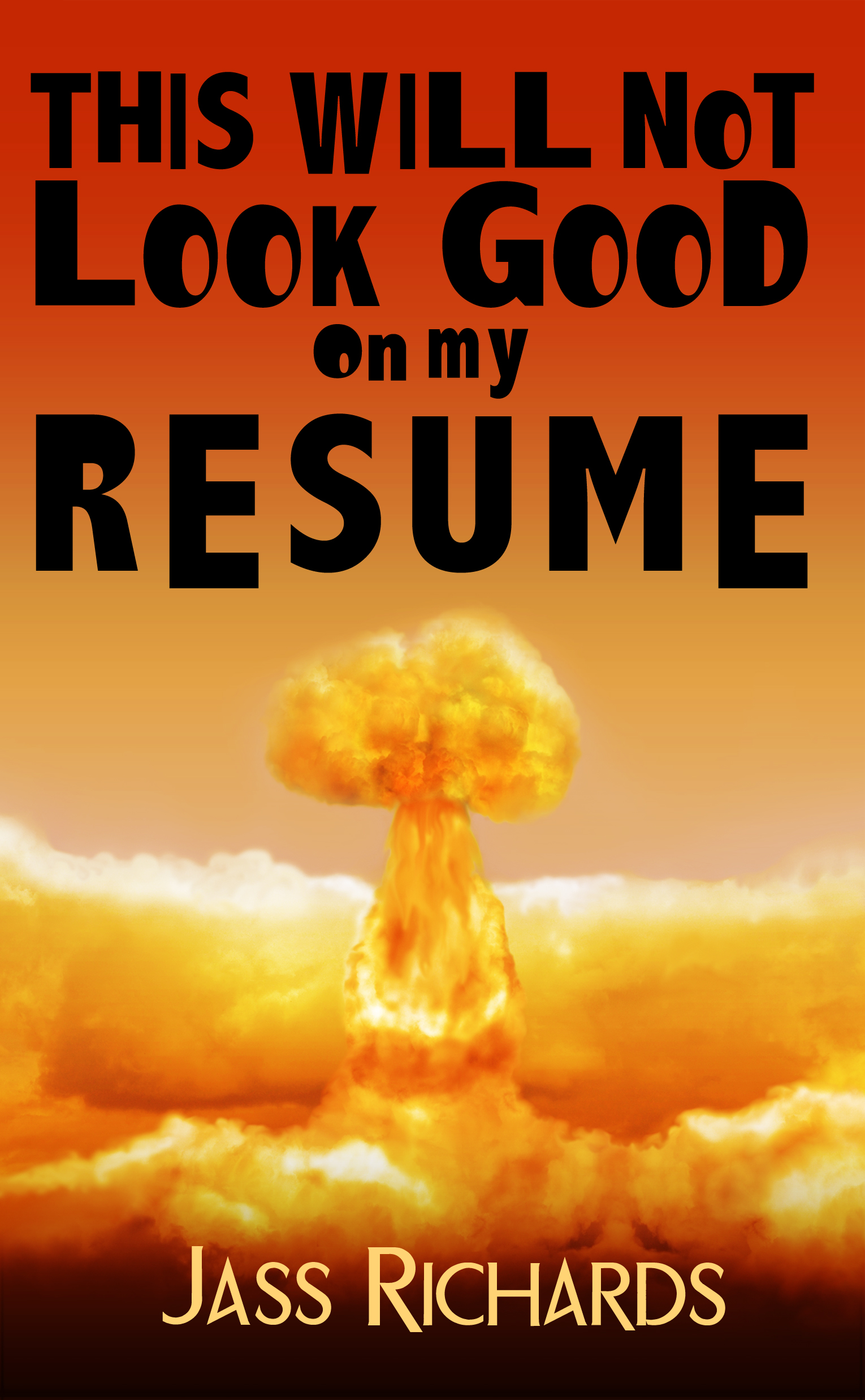 If you want some droll (adult) humor, go buy this. Seriously. It’s the funniest thing I’ve read this year, and I’m not sure, but it may be the funniest thing I’ve ever read, period.
If you want some droll (adult) humor, go buy this. Seriously. It’s the funniest thing I’ve read this year, and I’m not sure, but it may be the funniest thing I’ve ever read, period.
Amazon (print or Kindle)
Smashwords
“Everyone gets fired at least once in their life. And if not, well, they’re just not trying very hard. And we all think of brilliant and immature ‘shoulda saids’ and ‘shoulda dones’ for weeks after. (Okay, years.) In this collection of loosely related stories, Brett shows again and again that getting fired is really quite easy.”
The Proviso’s new back cover copy
The original one stunk. I know it. You know it. You probably don’t know that I know. It’s a wonder anybody bought it at all. It’s taken me two years to figure out another one that accurately represented the book in 250 words or fewer (actually, 232). With tons of help from my chat buddies who’d read the book, I finally came up with what I think is an accurate and succinct blurb:
Knox Hilliard’s uncle killed his father to marry his mother and gain control of the family’s Fortune 100 company. Knox is set to inherit it on his 40th birthday, provided he has a wife and an heir.
Then, after his bride is murdered on their wedding day, Knox refuses to fulfill the proviso at all. When a brilliant law student catches his attention, he knows he must wait until after his 40th birthday to pursue her—but he may not be able to resist her that long.
Sebastian Taight, eccentric financier, steps between Knox and his uncle by initiating a hostile takeover. When Sebastian is appointed trustee of a company in receivership, he falls hard for its beautiful CEO. She has secrets that involve his uncle, but his secret could destroy any chance he has with her.
Giselle Cox exposed the affair that set her uncle’s plot in motion—twenty years ago. He’s burned Giselle’s bookstore and had her shot because it is she who holds his life in her hands. Then she runs into a much bigger problem: A man who takes her breath away, who can match and dominate her, whose soul is as scarred as his body.
Knox, Sebastian, and Giselle: Three cousins at war with an uncle who will stop at nothing to keep Knox’s inheritance. Never do they expect to find allies—and love—on the battlefield.
I feel SOOO much better now.
You can buy it at the Kindle store, All Romance eBooks, and (preferably) B10 Mediaworx. Crossing fingers now that’ll give everybody some idea what the book is really about.
Selling shovels
You will notice I haven’t been posting much at all, much less my thoughts on ebooks and publishing. Wanna know why? I’m too busy with my burgeoning business to put any thought into a) what’s wrong with publishing (because why do I care?); b) how to go about formatting ebooks (because that changes week to week); and c) wondering if I’m ever going to get my historical swashbuckler researched and written (because I’m a writer, dammit!).
In case anybody cares, these are my current random thoughts, none of which rate the time to explore in a full-on blog post (plus, I’ve said it all before):
1) Writers: You’re screwed unless you put out your own stuff and you can market it. The old days are gone. “Getting” published is fine if that’s what you need to validate your soul. If you want better odds on getting to readers and making a little money, do it yourself. But dammit, do it right!
2) Writers: Remember that the people who made money in the gold rush didn’t make it panning for gold, chasing a vein that didn’t exist. The people selling the shovels made all the money. Learn a new skill and sell some shovels. You aren’t going to make a livable income writing for da man. Just don’t make any plans to leave your day job.
3) Book designers: Stop trying to format ebooks on a print paradigm. Ebooks are not print books. They don’t serve the same function. It’s like trying to apply a print paradigm to audiobooks. Stop it. Learn how to format serviceable, good-looking ebooks and forget about Teh Fancy.
4) Editors: Go freelance. Market your name. Make the authors who hire you put your name in the book so you can establish your brand. The curation of books in the future will depend on the editor, not the author, not the publishing house.
5) Indexers: You have a bright and shiny new field to explore. Learn how to index digitally. It’s called anchor tags.
6) Publishers: Get your metadata in gear. Seriously.
7) Publishers: The first publisher to chapter-and-verse its digital textbooks/reference/nonfiction will win the prize. What do I mean? I’ll tell you. Pick up a Bible. Any Bible, any translation, any size, any publisher. Go to John 3:16. That’s what I mean. Develop a system. Patent/trademark it then license it. Make it the standard of any good digital nonfiction book, the way good indexing is. Indexers, see #5.
That is all. I have a mountain of work to get done before I leave for NY next week.
“Clean” does not equal good.
I want to talk about LDS fiction, the kind Deseret Book and Covenant and Cedar Fort publish.
This is not a rant. I’m not being sarcastic, nasty, snarky, hateful, bitter, or any other pejorative one might chalk up to my tone. Whatever one might read into it, what I’m feeling right now is a deep sense of disappointment.
I have several LDS novels in my bookshelf by well-known LDS niche authors. There are two I have tried to start, but while the premises are interesting, they aren’t exactly my cuppa. The prose is adequate. They aren’t boring. I put them aside for when I’m in the mindset to read them.
This past week I started a book that’s right up my alley: contemporary romance. I was really looking forward to reading this book. Imagine my dismay when I started reading prose that is amateurish at worst, and at best, suited for 12-year-old girls. It is a series of choppy sentences strung together. There is no discernible rhythm to it. There is no ebb and flow. The dialogue is stilted and too infodumpy about LDS customs and rituals, which made me wonder for whom the book was intended, if not LDS. (We already know this stuff; don’t instruct us in our own culture.) There is no nuance, no allowance for a sophisticated reader, no subtext.
At the convergence of this post on the Association for Mormon Letters blog by Annette Lyon concerning the “clean”ness of books and an inability to find any clean romances in the national marketplace1 and my soul-deep disappointment in the book I was struggling with (“soul-deep” is not hyperbole), I realized that LDS fiction needs to stop worrying about a book’s “clean”ness, because that’s the default position, and start concentrating on eradicating (sub)mediocrity.
1. I’m not sure why it’s important, noteworthy, or desirable to have LDS fiction without LDS characters or anything relatable to the culture. You can get “clean” non-LDS fiction in the national marketplace. You cannot get LDS fiction in the national marketplace. If you’re gonna be niche, be niche.

 There’s a
There’s a 